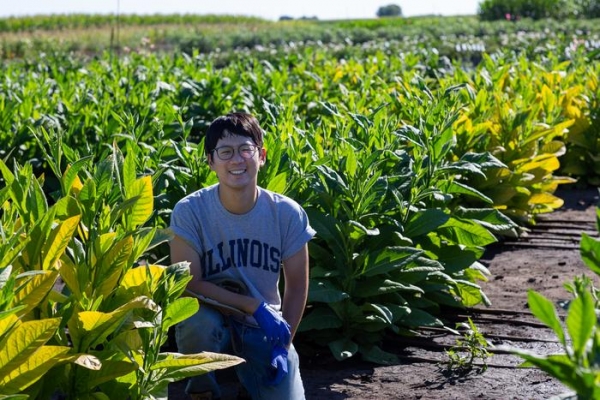Chlorophyll plays a pivotal role in photosynthesis, which is why plants have evolved to have high chlorophyll levels in their leaves.
Chlorophyll plays a pivotal role in photosynthesis, which is why plants have evolved to have high chlorophyll levels in their leaves. However, making this pigment is expensive because plants invest a significant portion of the available nitrogen in both chlorophyll and the special proteins that bind it. As a result, nitrogen is unavailable for other processes. In a new study, researchers reduced the chlorophyll levels in leaves to see if the plant would invest the nitrogen saved into other process that might improve nutritional quality.
Over the past few decades, researchers have been trying to increase crop yield to meet the global food demand. One of their biggest challenges has been to improve the photosynthetic efficiency of agricultural crops.
When light hits a leaf, one of three things can happen: the leaf can absorb the light for photosynthesis, the leaf can reflect it back into the atmosphere, or the light can pass through the leaf. Unfortunately, even though a fully green leaf absorbs over 90% of the light that hits it, the leaf doesn’t use it all for photosynthesis.
Read more at: Carl R. Woese Institute for Genomic Biology, University of Illinois at Urbana-Champaign
Young Cho used an ethanol spray to reduce the chlorophyll levels in leaves. The spray induced small RNA that interfered with chlorophyll synthesis resulting in pale yellow plants, and the untreated plants remained completely green. (Photo Credit: Claire Benjamin)




